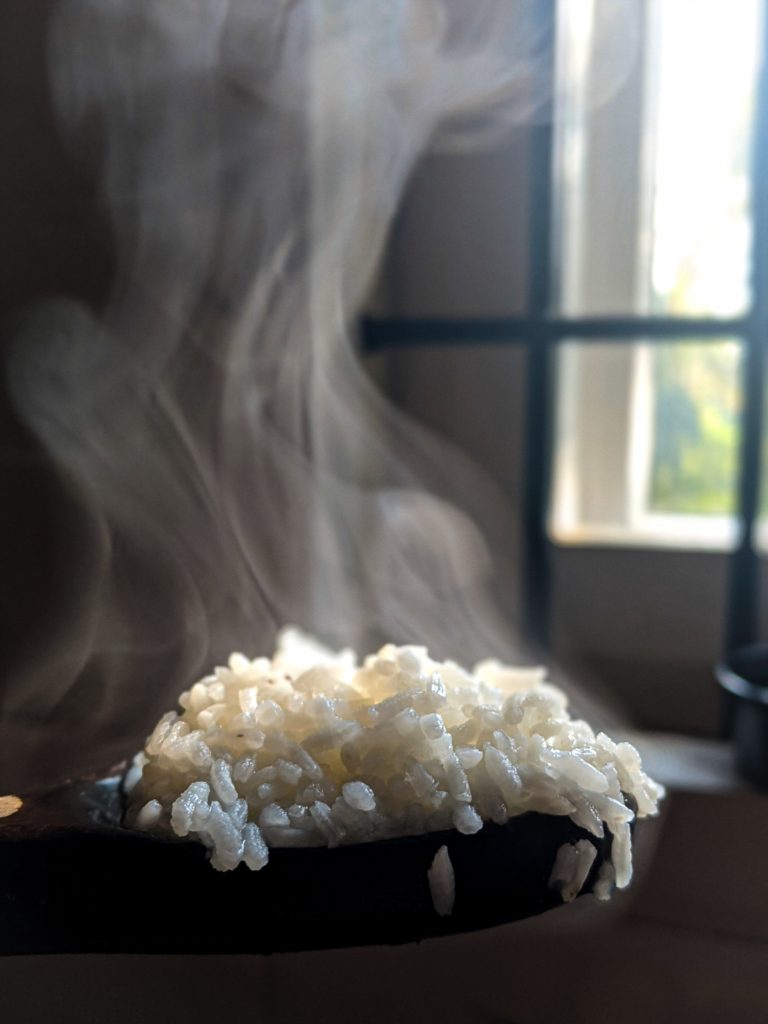
When it comes to meal planning and leftovers, knowing how long you can safely store cooked rice in the fridge is essential. Rice is a staple in many cuisines and a versatile ingredient, but improper storage can lead to foodborne illnesses. So, how long can you keep cooked rice in the fridge before it goes bad?
THE SHELF LIFE OF COOKED RICE
Cooked rice, unlike its uncooked counterpart, has a limited shelf life due to its moisture content and the potential growth of harmful bacteria. As a general guideline, cooked rice can be safely stored in the refrigerator for about 4 to 6 days. Beyond this time frame, the risk of bacterial growth increases significantly, raising concerns about food safety.
Ideally, you should only keep rice in the fridge for 1 day. Reheating rice that is one day old is considered safe from a microbial standpoint, provided it has been stored properly in the refrigerator. Within the first day of refrigeration, the growth of harmful bacteria on cooked rice is typically limited, and reheating it thoroughly can help kill any remaining bacteria.
The recommended shelf life of cooked rice in the refrigerator may vary depending on the type of rice and any added ingredients. For instance, if the cooked rice includes meat, seafood, or other perishable components, it is best to consume it within 2 to 3 days. It is also important to consult manufacturer guidelines or trusted recipe sources for specific storage recommendations to ensure the best shelf life for your cooked rice.
FACTORS AFFECTING SHELF LIFE
Several factors can impact how long cooked rice stays fresh in the fridge. Temperature is crucial, as bacteria multiply rapidly at temperatures between 40°F (4°C) and 140°F (60°C). In food safety, this temperature range is so-called the temperature danger zone (TDZ). The temperature danger zone refers to the range of temperatures in which bacteria multiply more rapidly. Within this range, bacteria can double in number every 20 minutes, potentially leading to foodborne illnesses if proper precautions are not taken.
At temperatures below 40°F (4°C), bacterial growth significantly slows down, and most bacteria become dormant. Cold storage, such as refrigeration, is an effective method to keep food out of the temperature danger zone. However, it is important to note that refrigeration only slows bacterial growth and does not kill bacteria. Therefore, even when stored in the refrigerator, cooked rice should still be consumed within its recommended shelf life (4 to 6 days) to minimize the risk of foodborne illnesses.
Furthermore, moisture is a contributing factor to rice spoilage as it provides an ideal environment for bacteria and mold to thrive. This can be prevented by thorough draining and storing in containers or bags with airtight seals. Also, always use clean utensils when handling cooked rice, and avoid leaving it at room temperature for extended periods, as this provides an opportunity for bacteria to multiply. Ideally, practice the “2-hour rule”, wherein perishable foods are not left at room temperature for more than 2 hours.
SIGNS OF SPOILAGE
To ensure food safety, it’s important to recognize the signs of spoiled cooked rice. If the rice has an off odor, strange texture, or appears moldy, it’s best to discard it immediately. Consuming spoiled rice can lead to food poisoning, which can cause symptoms like vomiting, nausea, and diarrhea.
Bacillus cereus is a common bacterium that can cause rice spoilage. Originating from soil, it can contaminate rice during cultivation or processing. Unlike visible signs of spoilage, B. cereus can multiply in cooked rice without altering its appearance, yet it can still pose a health risk if consumed. Remarkably, B. cereus can multiply by 1,000,000 in just 8.6 to 10.3 hours.
Another bacterium that can spoil rice is Clostridium perfringens. It is commonly found in the environment, including soil and dust. If cooked rice is not cooled and stored properly, this bacterium can multiply rapidly and produce heat-resistant spores. When the rice is later reheated inadequately, these spores can germinate and release toxins that cause food poisoning.
If rice contains additional ingredients, it may also harbor other pathogens. From May 1951 to January 1960, Japan experienced 166 recorded cases of izushi-related outbreaks, resulting in a mortality rate of 35% with 58 deaths. Izushi is a home-prepared food comprising raw fish, vegetables, cooked rice, malted rice (koji), salt, and vinegar. The bacterium responsible for these cases of food poisoning is Clostridium botulinum.
In addition to bacteria, mold can also spoil rice. Various types of molds, such as Aspergillus and Penicillium species, can contaminate rice. Mold growth on rice is visible as fuzzy patches or discoloration, and it can produce harmful toxins
PROPER STORING OF COOKED RICE IN THE FRIDGE
It is critical to quickly cool down cooked rice after cooking to ensure safe storage. Bacteria flourish in warm conditions, thus room temperature storage is ideal for them. Divide the cooked rice into smaller portions and store them in shallow containers to speed up the cooling process. Use an ice bath or a cooling rack to accelerate the procedure. Remember that damaged or ill-fitting containers can jeopardize the storage environment. Once the rice has cooled, immediately place it in the refrigerator, keeping the temperature below 40°F (4°C) to reduce the possibility of bacterial growth.
To maximize the shelf life of cooked rice in the fridge, store it in small portions that you plan to consume within the next few days. This reduces the need for reheating of rice multiple times, minimizing the risk of bacterial contamination.
References
J. Jay, M. Loessner, D. Golden (2005). Modern Food Microbiology (7th edition). Springer.
G. Cooper (2018). Food Microbiology. Library Press.


